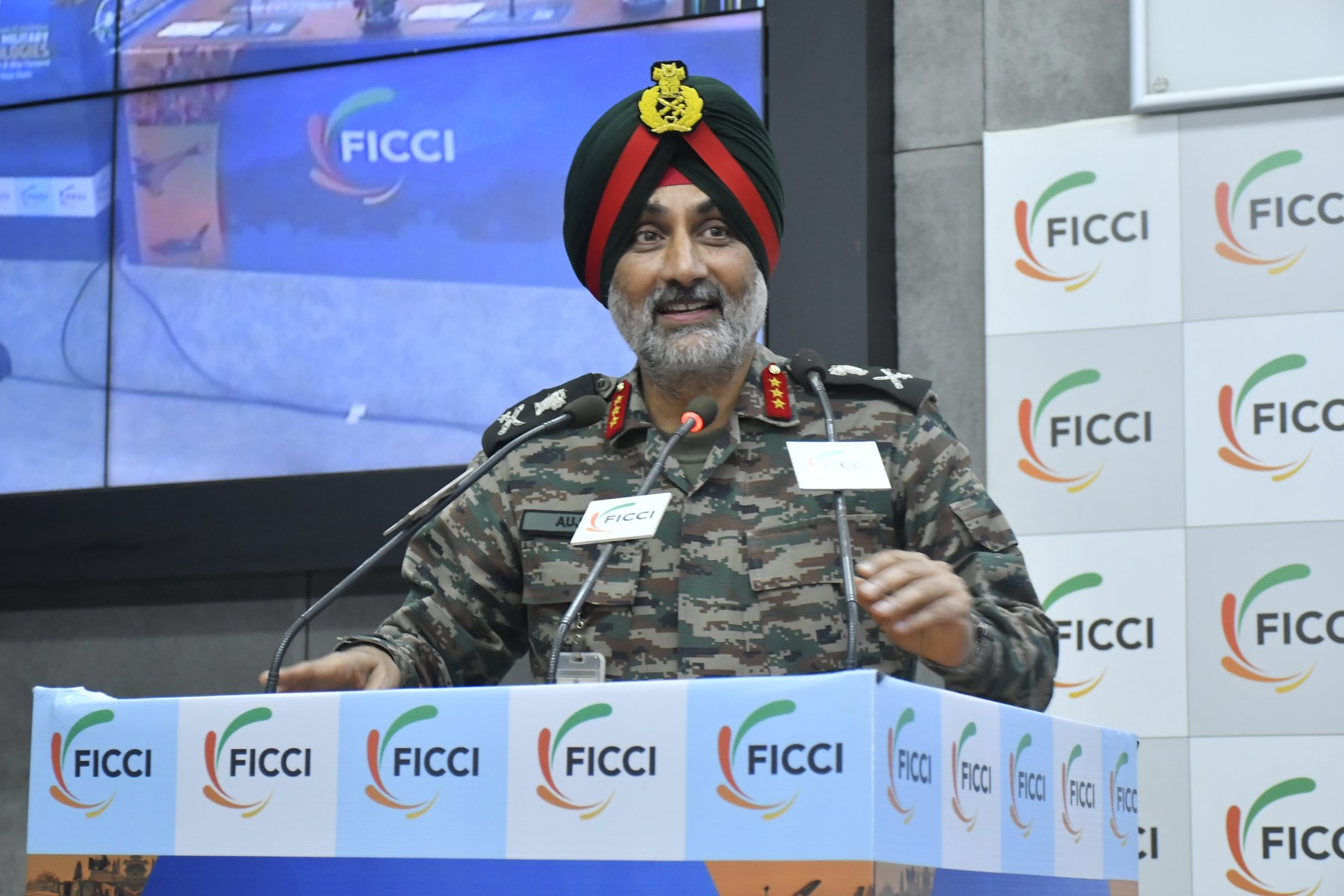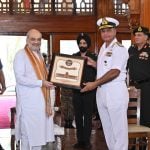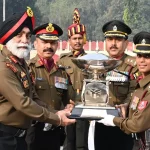The Indian Army has rolled out an ambitious modernisation roadmap aimed at transforming its combat capabilities for next-generation warfare. The announcement was made by Lieutenant General Amardeep Singh Aujla, Master General Sustenance, at the “New Age Military Technologies: Industry Capabilities & Way Forward” conference organised by FICCI.
Lt Gen Aujla emphasized that the Army’s vision is centered on unprecedented collaboration between the military, policymakers, and private industry to accelerate innovation and self-reliance in defence technologies.
At the forefront of this plan is the development of cutting-edge hypersonic platforms, including hypersonic glide vehicles, air-breathing engines, and advanced generation missiles that aim to fundamentally shift the deterrence landscape. “We want to change the deterrence equation with ultra-fast and highly manoeuvrable weapon systems,” he said.
Precision-guided munitions (PGMs), loitering munitions, and directed energy weapons such as high-energy lasers and microwave systems will also form part of the Army’s enhanced strike and defence capabilities, particularly in counter-drone and anti-satellite roles.
Recognising the importance of digital dominance, the Army is also prioritising offensive and defensive cyber warfare, electronic warfare capabilities, and autonomous systems to secure spectrum and satellite communications.
The roadmap places significant focus on soldier-centric upgrades. Plans include exoskeletons, smart body armour, human augmentation, and AI-powered wearable tech like helmets and real-time health monitors, designed to improve agility, resilience, and operational endurance.
To support these capabilities, the Army is revamping its logistics and supply chain systems through AI, machine learning, blockchain, and IoT technologies, aiming for cyber-resilient, efficient, and sustainable operational frameworks.
Lt Gen Aujla urged policymakers to accelerate defence innovation through dedicated funds, streamlined procurement policies, and the creation of tech hubs and incubators. He called for a clear alignment of roles among the military, industry, and government to turn strategic vision into reality.
“We must move beyond slogans. Without a supportive environment, atmanirbharta will remain a catchphrase,” he cautioned, urging for meaningful and measurable collaboration to make India a leader in modern warfare technologies.













